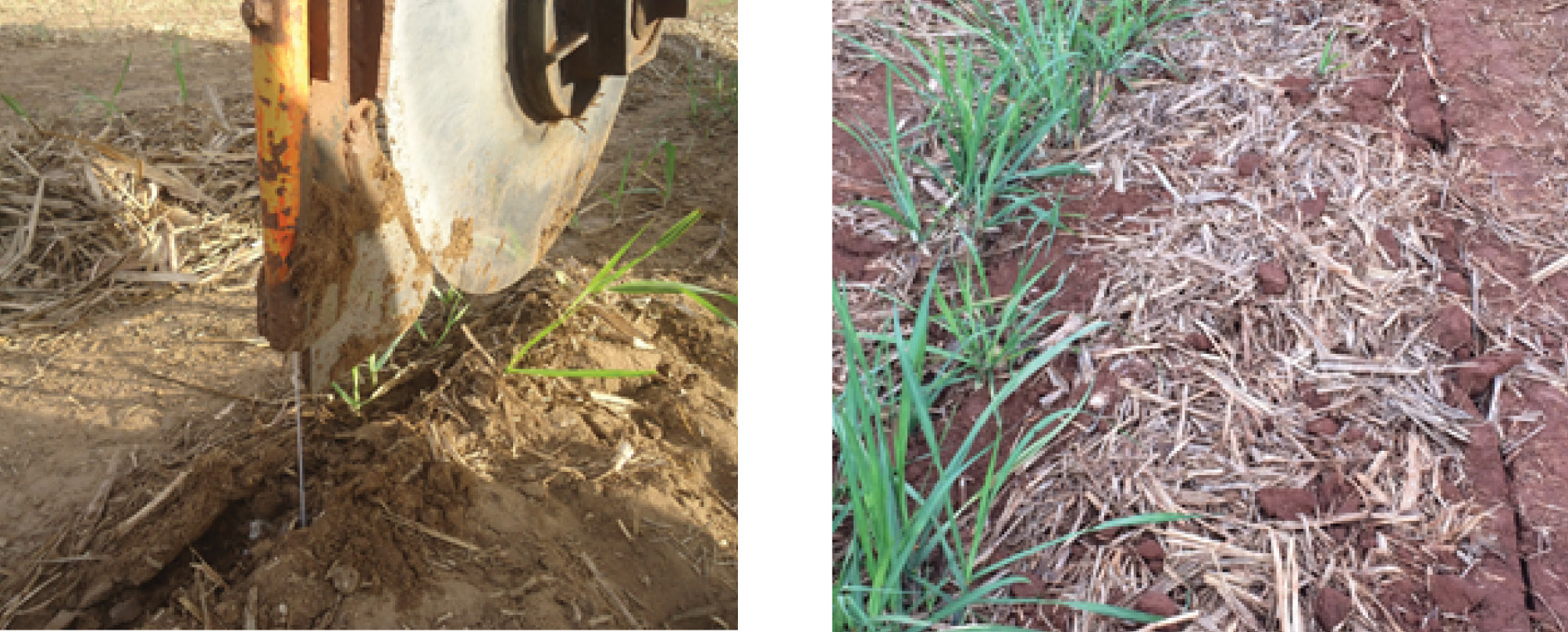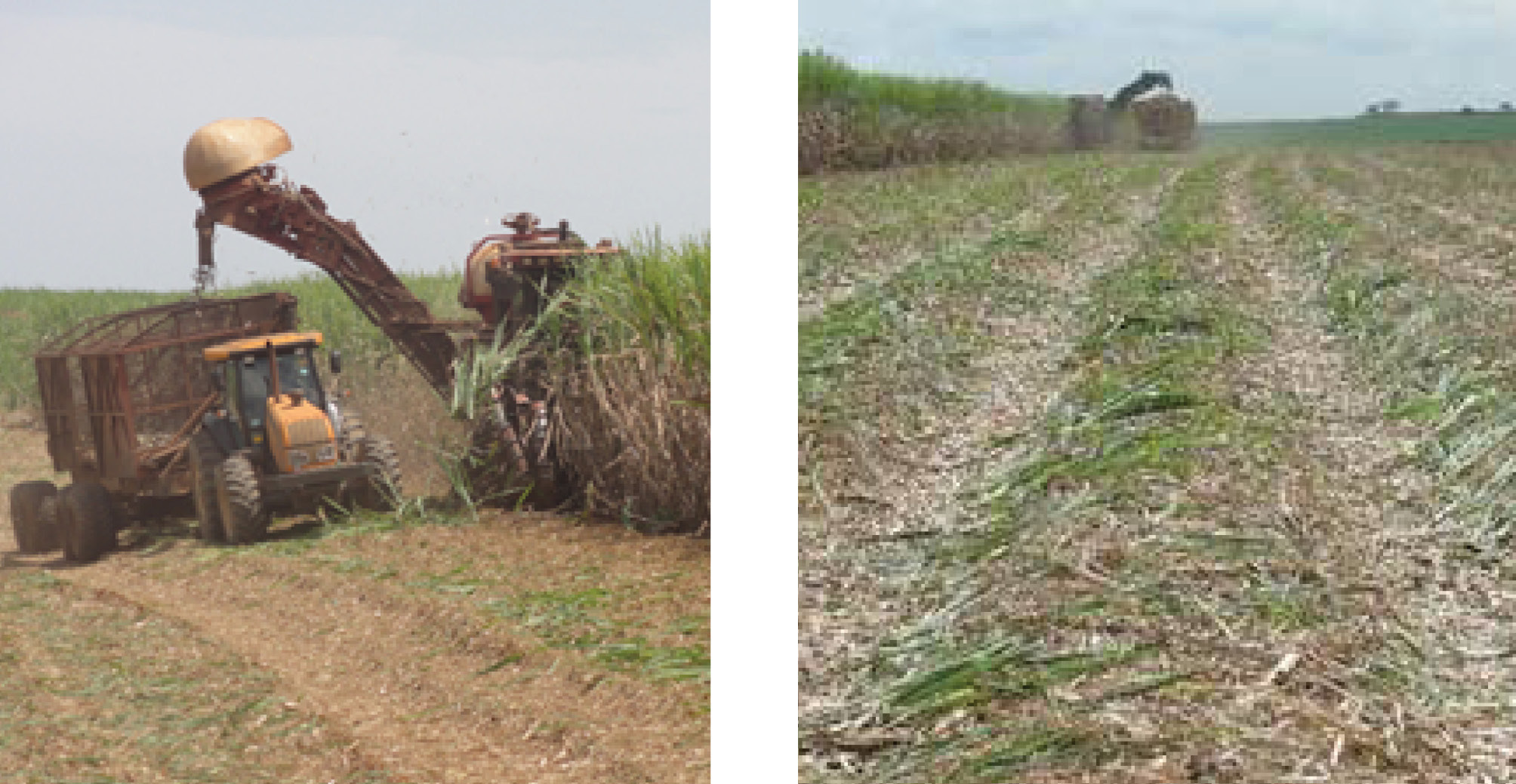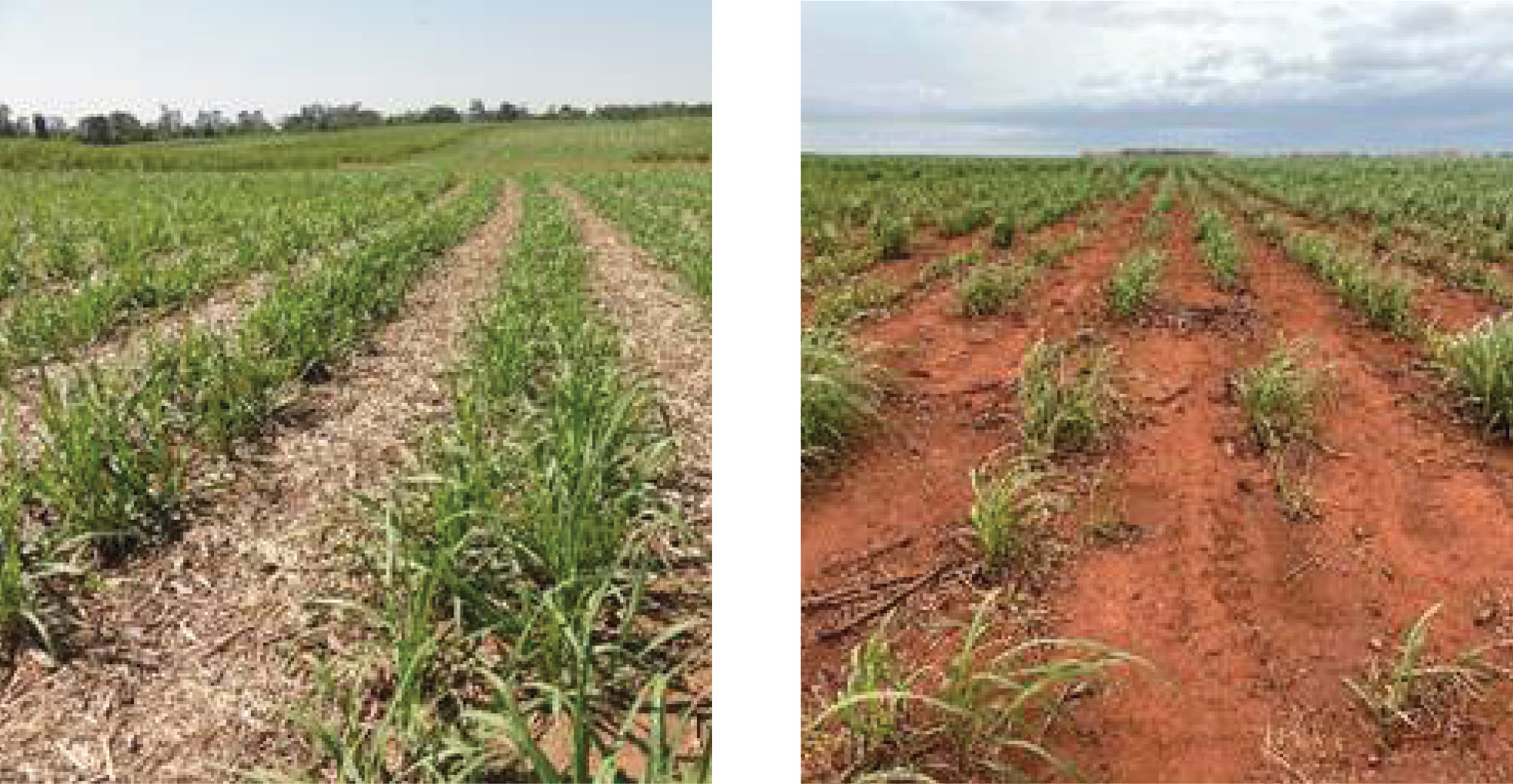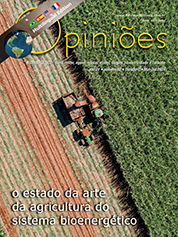Luiz Carlos Dalben
Presidente da Agrícola Rio Claro
OpAA80
Desafios agronômicos
Sempre e em qualquer cultura, o produtor rural busca, através de conhecimento e técnicas aprimoradas, conseguir máxima produtividade dentro dos limites do potencial genético da planta. O potencial de produção de um canavial depende das condições edafoclimáticas, da escolha da variedade de cana conforme características do local, da correção do solo de acordo com as análises, do uso de fertilizantes macro e micro conforme necessidade da cultura no período, do uso de defensivos para prevenção ou controle de pragas e doenças, dos herbicidas para manter a lavoura no “limpo” ou eliminação de ervas invasoras, também do uso de agentes biológicos e outros insumos direcionados conforme necessidades para manter a lavoura dentro do padrão economicamente viável.
O conhecimento e a interpretação das condições edafoclimáticas direcionam, entre muitos itens, as técnicas agronômicas que serão aplicadas no ciclo da cultura da cana. Dentro deste contexto está o planejamento a curto e médio prazos e, também, a formação técnica dos profissionais para aplicação correta das tecnologias.
Nesta diversidade de itens que compõem os desafios para melhoria de produtividade e longevidade, irei discorrer sobre a atividade ainda não mencionada que é a mecanização agrícola. Sem dúvida nenhuma, a mecanização trouxe um avanço decisivo à agricultura e à produção de cana-de-açúcar. Conseguimos através dela aumentar o rendimento, produtividade e qualidade no amplo sentido da palavra. Viabilizamos questões trabalhistas e ambientais e demos “conforto” à mão de obra operacional.
Vale lembrar que mais de 70% dos custos de produção de cana-de-açúcar estão ligados à mecanização e manutenção dos equipamentos. No avanço alcançado pela mecanização nas atividades operacionais da condução e formação da lavoura, desde o preparo de solo até a colheita, temos de destacar que o uso correto desses equipamentos proporciona uma melhor produtividade e longevidade da lavoura.
Atualmente, as grandes preocupações nas operações mecanizadas estão direcionadas também à adequação técnica dos tratores, buscando equilíbrio em potência, lastreamento dos rodados, modelos, compatibilização com implementos e equipamentos agrícolas, ajustes das bitolas em concordância com espaçamentos de plantio para evitar ou minimizar o efeito do pisoteio e compactação dos solos e socas sem prejuízos no desenvolvimento radicular e na produtividade. Um grande cuidado devemos ter na regulagem das doses dos insumos, na observância da condição climática para aplicação visando o máximo de aproveitamento e no direcionamento desses no “alvo”.
A cultura da cana, desde o plantio até sua finalização, tem um ciclo médio de 6 anos, com colheitas anuais. Nesse período com colheita, os equipamentos de tratos culturais trafegam aproximadamente 20 a 23 vezes na lavoura antes de sua renovação. Isso mostra o quanto temos que usar das tecnologias disponíveis e capacitação de pessoas para que o tráfego seja direcionado e o nível de compactação seja minimizado para melhor desenvolvimento de raízes e conservação da lavoura.
O grande desafio proposto pelo tema desta edição passa pela mecanização como solução tecnológica para melhorar todo sistema produtivo do canavial. A mecanização, em algumas de suas atividades, passou também a ser mais uma vilã do sistema quando não entregou o trabalho vislumbrado. Com isso, alguns equipamentos foram marginalizados e ficaram estagnados por anos a fio enfrentando dificuldades de avanços.
Exemplos não muito recentes foram os rastelos rotativos nos anos 90 e início de 2000 que foram rejeitados pelo mau uso e não por seu bom desempenho. Muitas unidades produtoras venderam seus equipamentos ainda com a tinta de fábrica.
Mais recentemente e não muito diferente foram as plantadoras de cana que mesmo recém adquiridas ficaram “encostadas” em algumas usinas pela falta de empenho, e muitas foram vendidas por peso.
O que isso tem a ver com o tema desta edição? Tudo, pois o avanço em produtividade e qualidade está ligado não só ao aperfeiçoamento e uso correto dos equipamentos, mas também às atitudes que levam a melhorias constantes. Vejam nas fotos apresentadas uso diferente para um mesmo equipamento e atividade com resultados completamente distintos, sendo um que mantém condições de produtividade e qualidade, enquanto o outro não.

As imagens acima mostram aplicação de inseticida para sphenophorus levis em tratos de soca: acerto e erro no “alvo” indicando falha operacional na segunda foto com prejuízos em produtividade e longevidade de lavoura.

Esta foto mostra diferentes dimensões de bitolas entre trator e transbordo provocando pisoteio em soca com possível compactação e injurias na soca. Esta imagem apresenta o tráfego perfeito tanto da colhedora como da operação transbordo, livrando a soca de pisoteio e dando condições de maior longevidade e produtividades para safras posteriores. Esta foto apresenta erros no corte de base da colhedora com número alto de arranquio de soca, diminuindo produtividade e longevidade.
A foto ao lado mostra a soca com brotação muito boa e sem efeito de arranquio com grande oportunidade de boa produção. A mecanização está presente em todas as atividades de preparo da colheita, e seu uso com técnicas e metodologia corretas sempre irão proporcionar oportunidades de ganhos em qualidade, produtividade e longevidade.

Esta foto apresenta erros no corte de base da colhedora com número alto de arranquio de soca, diminuindo produtividade e longevidade. A foto ao lado mostra a soca com brotação muito boa e sem efeito de arranquio com grande oportunidade de boa produção.
A mecanização está presente em todas as atividades de preparo da colheita, e seu uso com técnicas e metodologia corretas sempre irão proporcionar oportunidades de ganhos em qualidade, produtividade e longevidade.

Esta foto apresenta erros no corte de base da colhedora com número alto de arranquio de soca, diminuindo produtividade e longevidade. A foto ao lado mostra a soca com brotação muito boa e sem efeito de arranquio com grande oportunidade de boa produção.
A mecanização está presente em todas as atividades de preparo da colheita, e seu uso com técnicas e metodologia corretas sempre irão proporcionar oportunidades de ganhos em qualidade, produtividade e longevidade.




